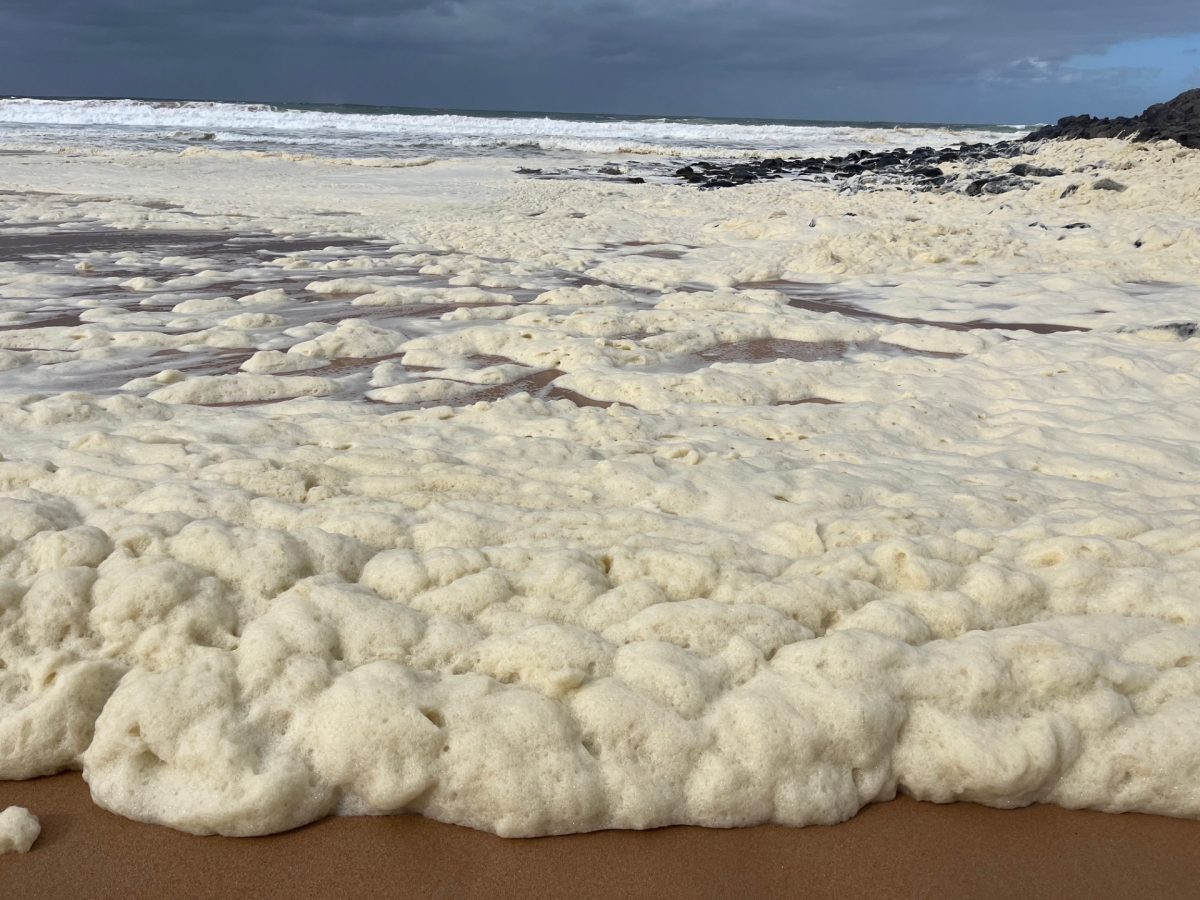Karenia mikimotoi is the cause of the microalgae bloom on the Fleurieu Peninsula, according to the Environmental Protection Authority.
The species, which is toxic for marine life but is a minor irritant for humans, was found to be the problem behind a mass fish kill which started 10 days ago, with a mysterious foam also covering the shoreline at Waitpinga Beach and Parsons Beach.
The event has been driven by an ongoing marine heatwave, with marine water temperatures currently 2.5C warmer than usual, as well as relatively calm marine conditions with little wind and small swell.
The EPA expects the microalgae to dissipate naturally over time, with the Parsons and Waitpinga beaches to remain closed for the near future.
SA Health Principal Water Quality Adviser David Cuncliffe says it’s best to stay clear.
“In humans, exposure (including through breathing in algae particles broken up by the surf and wind) can cause general allergic-type responses, including respiratory and eye irritation or skin rashes in some people, while ingestion could cause stomach upsets or flu-like symptoms,” Cuncliffe said.
“These symptoms disappear when the exposure stops or following washing in clean water. There are no long-term effects.”
“In general, people should avoid contact with discoloured fresh or marine water. If they do enter this water they should take care to wash in clean water afterwards.”
According to the State Government, the last known occurrence of this scale was 2014 on the Eyre Peninsula near Coffin Bay.









